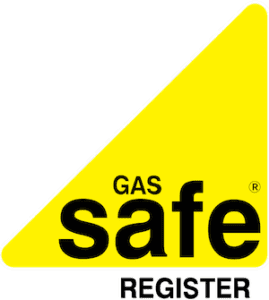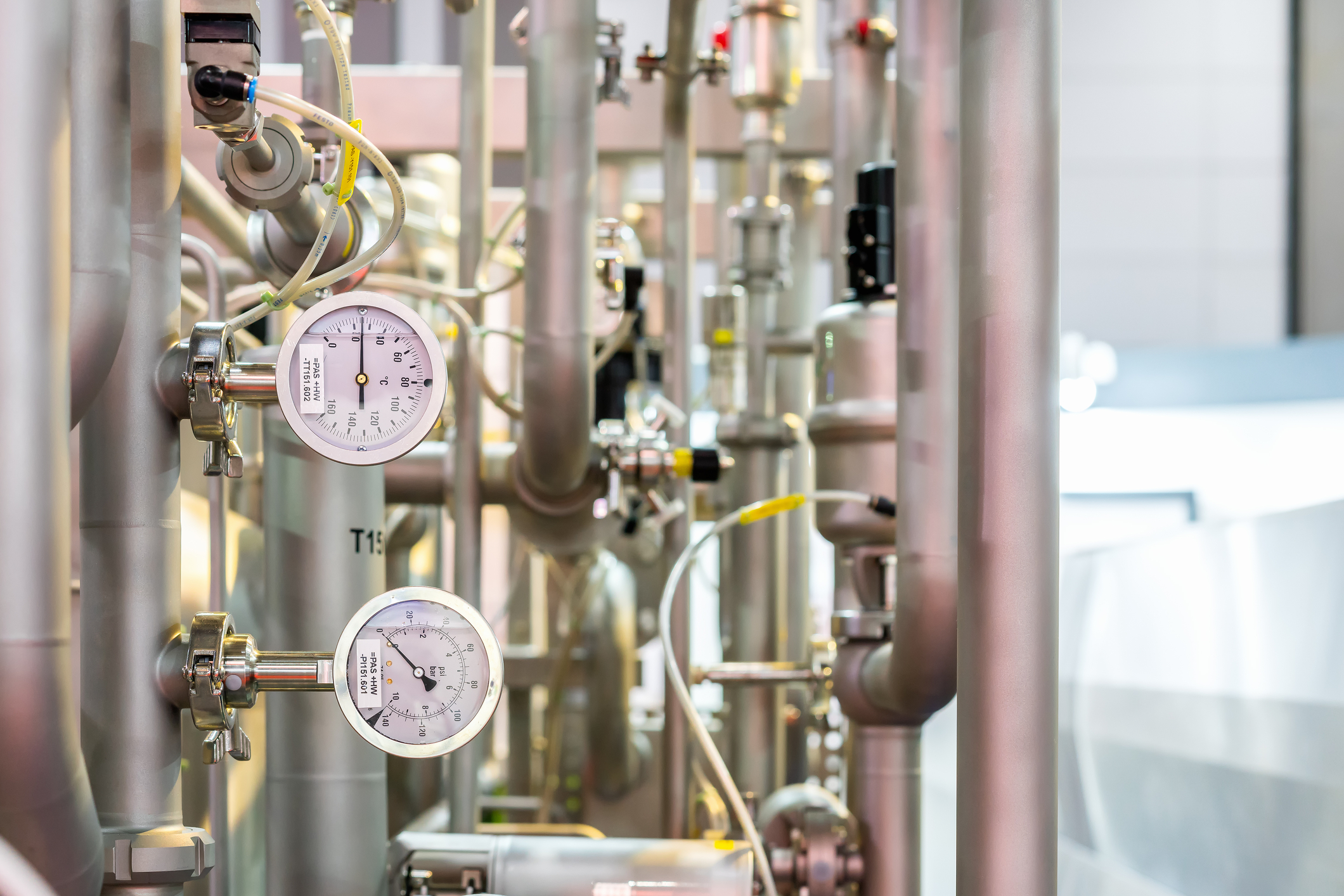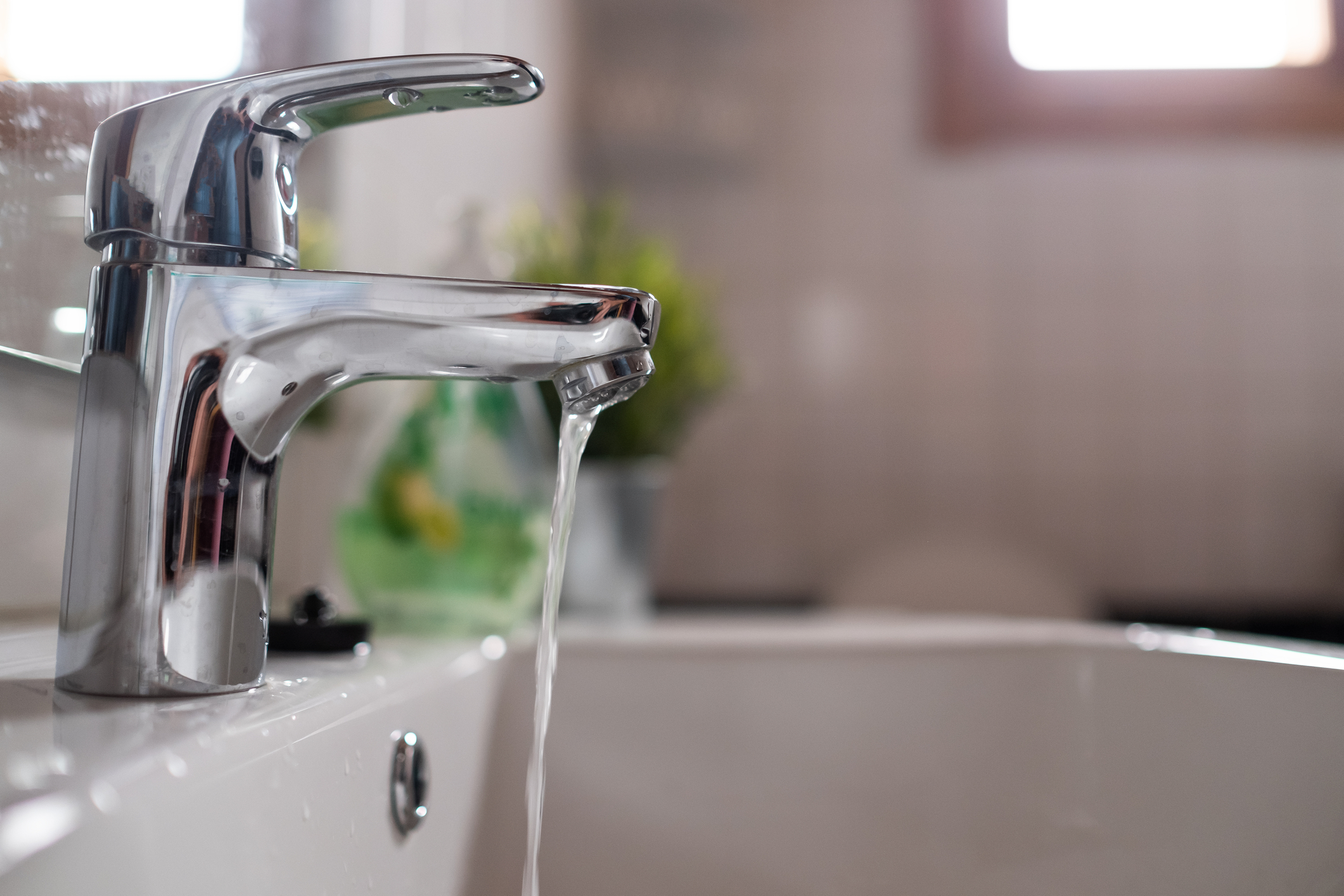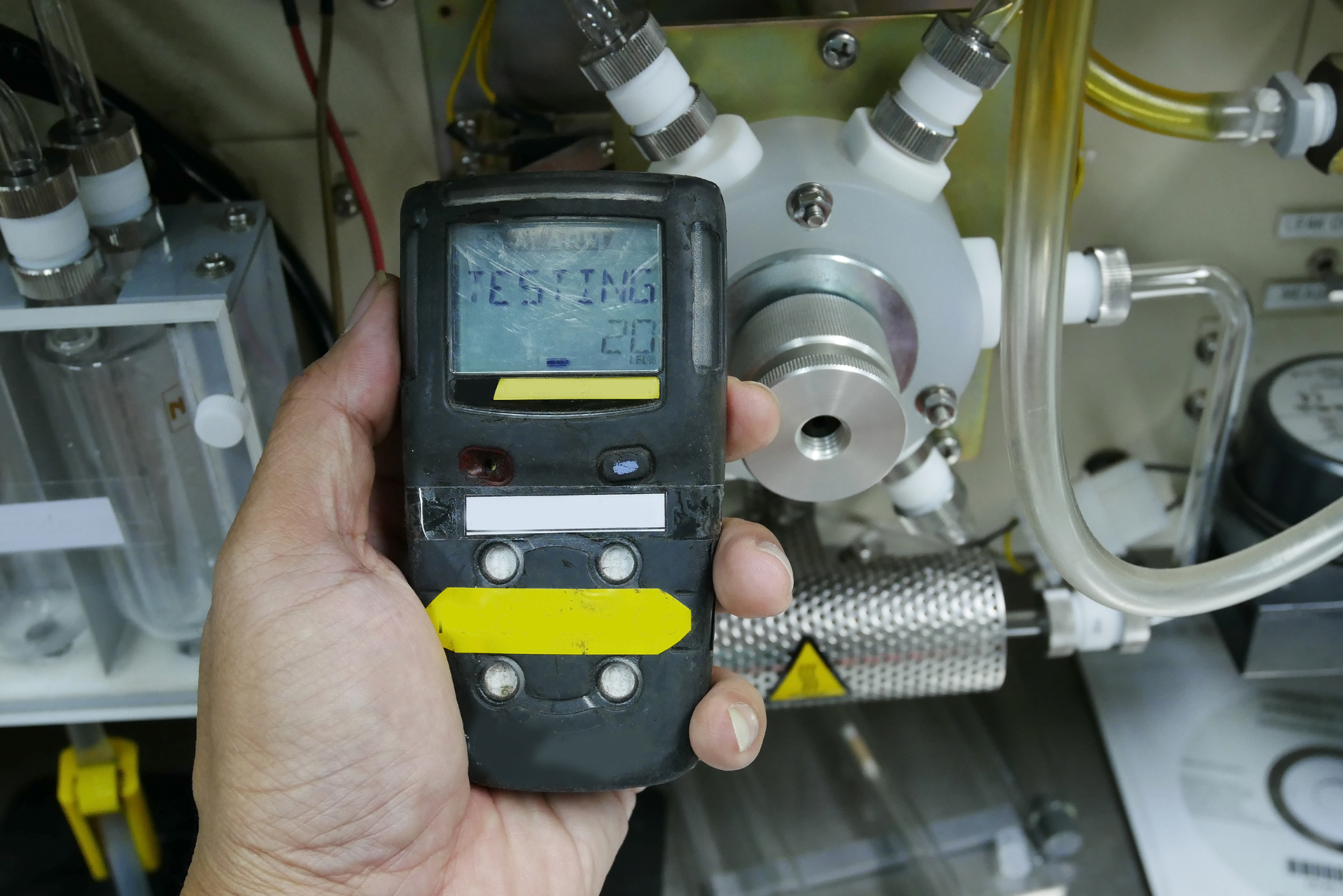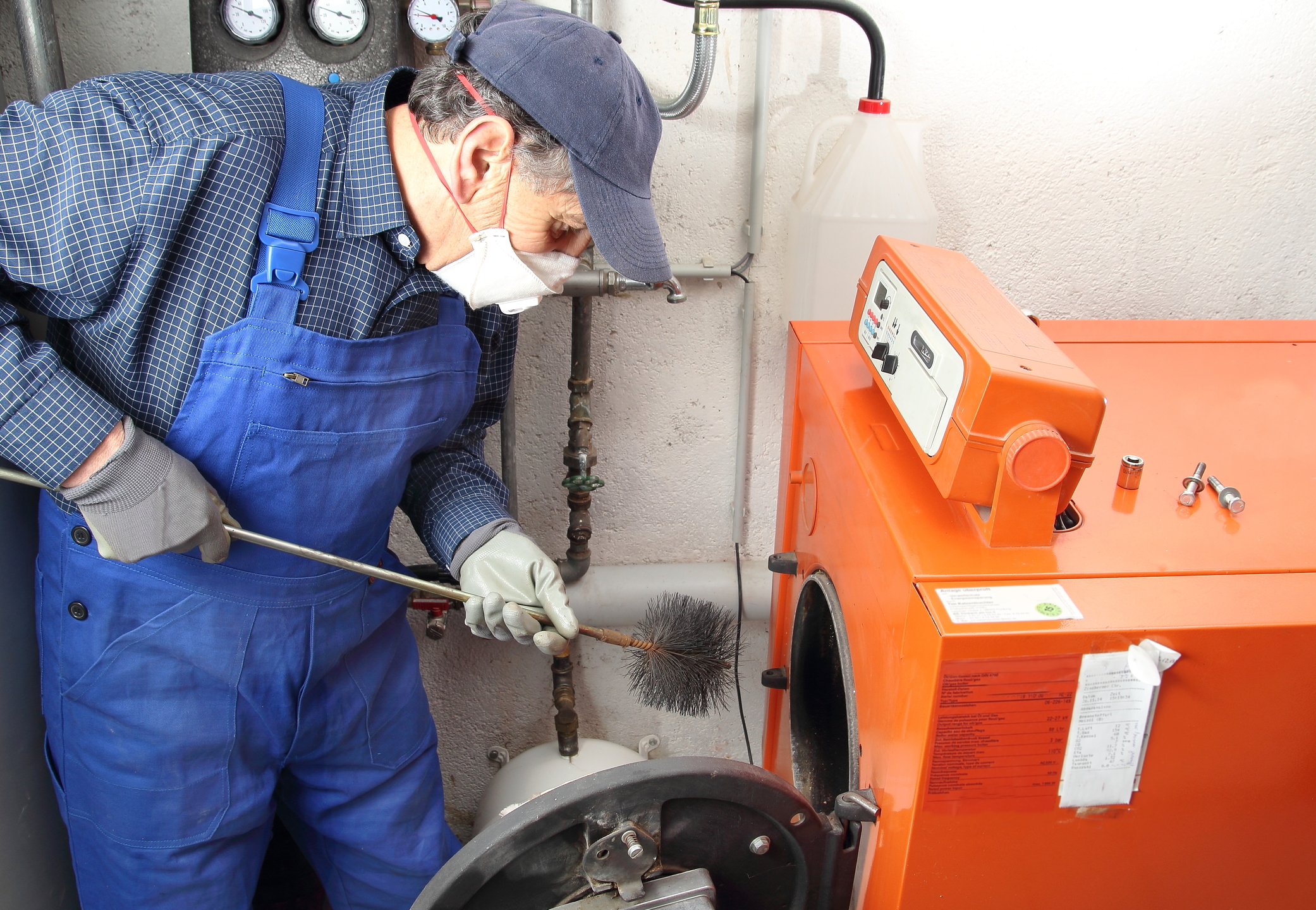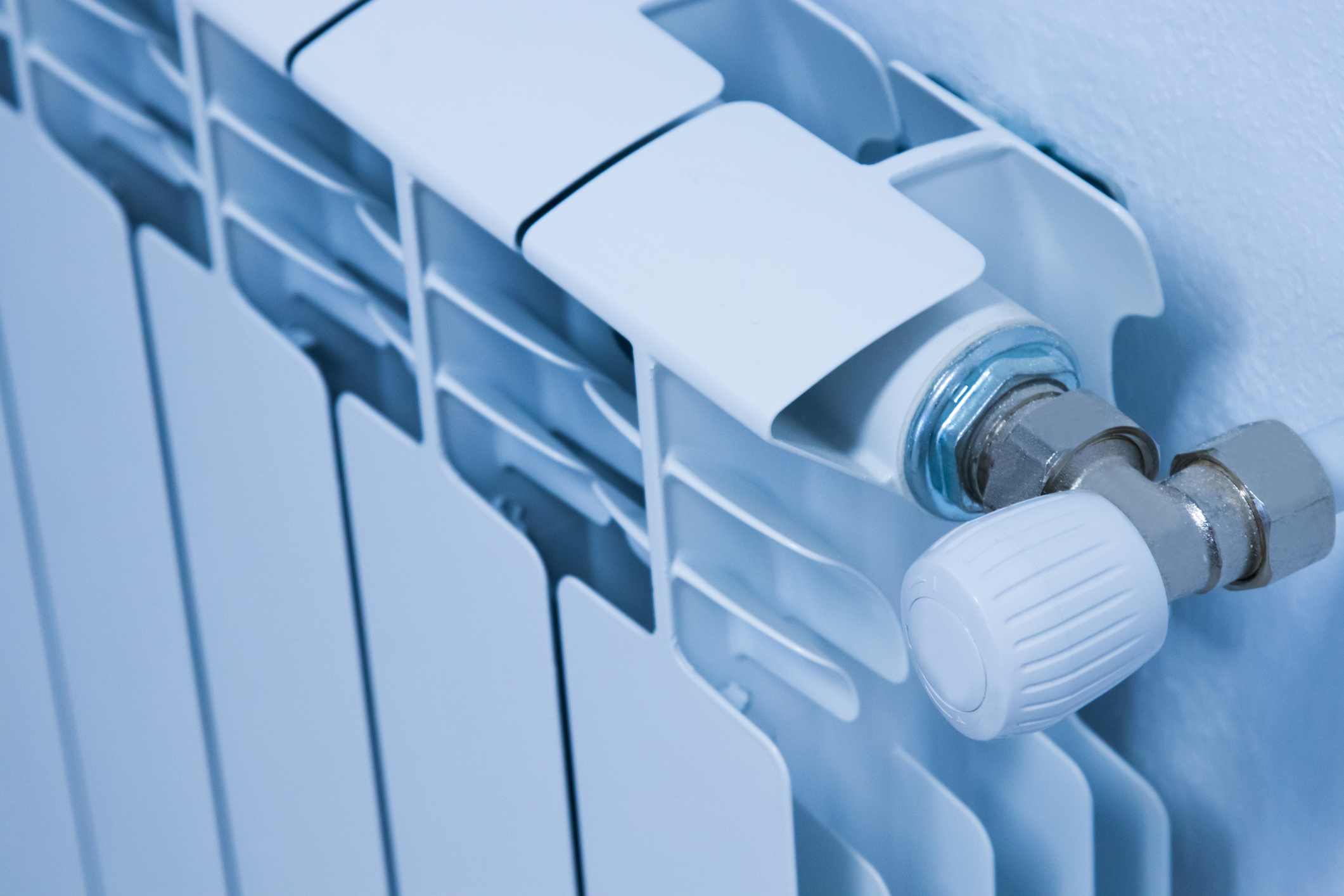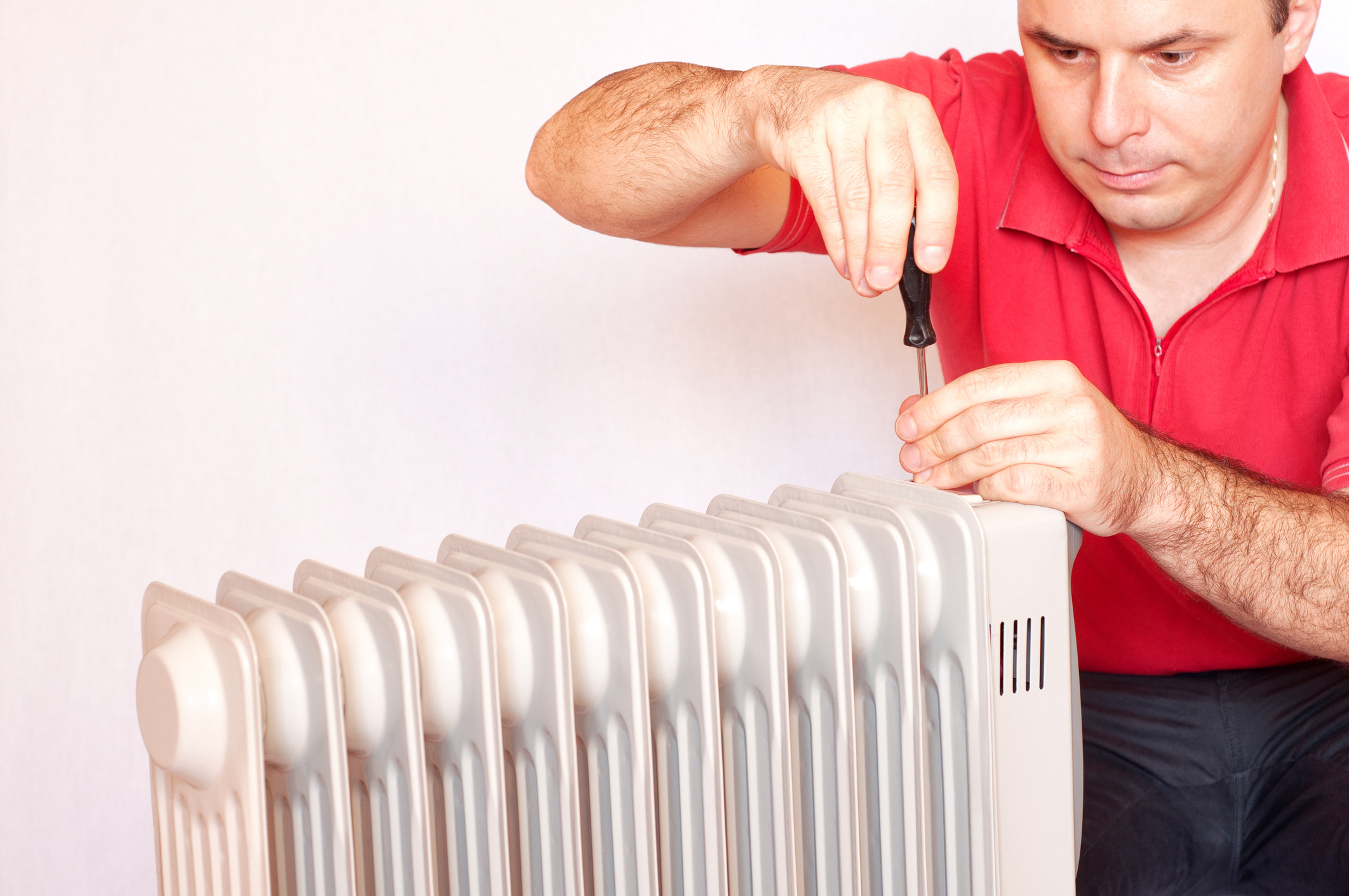You are getting ready to go to work early in the morning, and you want to wash your face. You turn on the tap and wait for a minute or two for it to heat up, but all you get is cold water. It isn’t exactly the best way to start your day. No hot water problems can continue throughout the day, and you have to deal with it when you come home.
Not using hot water can be a lifestyle choice, and yes, there are people in the UK who don’t mind the cold. However, when you want it and it isn’t there, it can be one of the worst things. The lack of consistent hot water can significantly affect how you go about your day. Let’s take away the helpless feeling you get from these types of plumbing and heating problems. Here are common questions for your no hot water problems and things you can do about it:
Why Don’t I Have Hot Water?
Your central heating and plumbing system is a complicated network. Any of the pieces could be faulty, and the domino-effect follows. One after the other, different parts of the system will follow. The best way to detect the source of your no hot water issues is to break down your system and inspect them yourself. You could have a boiler, pipe, diverter, or water problems.
How Do You Get Your Hot Water?
Before you can inspect your set up, know your setup better. You get your cold water from the main supply pipe just outside your house. It enters your home through the main house shut off valve. From there, it goes to your boiler for heating hot water. Some of the heated water goes through your pipes and into the radiators around your house. That hot water cycles through your home, creating your heating system.
The rest of the heated water enters your hot water cylinder. It stays there until you need to use it. From this cylinder in the basement or attic, it goes to the hot water taps around the house.
Find the best local plumbers in the UK!
This process is how most people in the UK get their hot water supply. There is only one exception to that, and it is for those who use a combination (combi) boiler instead of a system boiler. Combi boilers use electricity instead of gas or fuel. This means that they do not have a hot water cylinder. Its compact body makes it a popular choice for smaller flats. You get your hot water with your combi just by turning on your tap. It heats as you go.
Is It A Central Heating Problem?
Now that you know the process of how you get your hot water, where did it all go wrong? If it is a central heating problem, pay close attention to your boiler and hot water pressure. See if your boiler is turned on, for gas and oil boilers there should be a steady pilot light. To check if your boiler is working go to your radiators and see if they are warm. If you haven’t balanced your radiators in a while, your radiators might not heat evenly. It is best to check all the radiators around your home.
My Boiler Is Not Working
Broken boilers are not the only things you should fix. A weak boiler’s hot water isn’t ideal either. It takes too much and might not cool faster. The boiler for hot water must be able to handle different jobs around your home. Don’t wait for no hot water problems to come before you make the changes. If it doesn’t work for you, try to replace or replace it. There are three obvious problems for a faulty boiler:
- It isn’t on
- It’s emergency lockout activates
- There are faulty parts
While many things can go wrong, the problem might be a simple one. Did you turn on your heating? Did the power cut off recently? Repairs and renovations might require turning off your heat. Check if they did anything to your thermostat or boiler.
When the issue is with the boiler, it has an emergency lockout feature. The boiler turns itself off to inform you that there is something wrong. The reason for the shut-down varies. The common causes are in your manufacturer’s handbook. If you don’t want to go through the list, call a professional heating engineer to take a look.
For faulty parts, it could be the diaphragm, airlock, valves, or thermostat connection. Poor maintenance leads to these issues, and there is no DIY friendly way to go about it. The worst-case scenario means you need a new boiler. Please find a professional for all your major boiler repairs and new boiler installations. They must be Gas Safe engineers. You can check their ID numbers through the Gas Safe Register website.
There Is No Pilot Light
A significant gas /oil burning boiler problem that leads to no hot water is the pilot light. It should be an intense blue flame. No pilot light equals no hot water from the boiler. If it is out, try to restart your system boiler. It might come back, but rebooting is not a permanent solution. It might last long enough to get your house in order before you call a heating engineer to take a look. Again, do not do gas-related work. It is dangerous and illegal to attempt on your own.
The Pressure Is Wrong
Now, even with your boiler working, you can still struggle to get hot water. Your boiler pressure might be too high or too low. Anything too extreme means your boiler will shut down as a safety measure.
Fixing your boiler pressure isn’t hard. You can do this yourself by bleeding your radiators if the pressure is too high. When the pressure is too low, you add more water in the system with the filling loop. The pressure gauge varies from boiler model. Whether it uses dials or levels, you can always check the manual for more details.
The Timer Is Not Working
Every boiler has a timer or program to help manage your heating schedule. Modern models no longer run 24/7. There are different settings you can customise to create your ideal heating and hot water set up.
A recent power cut could affect your timer. It can reset to default settings. So check the timer and see if that is the case. Your timer could also change time automatically. Check your timer and set it to the right time. When the schedule is off, you get no hot water. If the timer is not working after that, the problem might be more serious. It needs professional help.
Is It A Pipe Problem?
When your boiler is in the clear, and there are no apparent problems, move to the pipes. While you do not see your pipes, they play a vital part in ensuring the water and heat distributes evenly throughout the house. Two common pipe problems lead to no hot water: frozen pipes and pipes with leaks.
Frozen Pipes
Frozen pipes are a common problem as you approach winter. If you lose your hot water and heating during this season, this is your prime suspect. Besides the main pipe entering your house, your condensate pipe can also freeze. The condensate pipe is to properly ventilate your home. The water vapour from your heating travels through these flues. It can collect and block off your pipe.
Frozen pipes are easy to spot. Your taps might give weak, uneven, or no water at all. If the pipes are visible, you can see a bit of frost around it. When the problem is severe, your walls can be a bit damp from the condensation.
Try to clear the blockage the best way you can and slowly thaw your pipe. You can heat water on your hob or electric kettle to pour over your pipe. You can also try purchasing defrosting kits from the hardware store.
Water Leaks
Leaks in your pipes or other facilities could reduce the pressure in your system. When that happens, you get pressure problems. Follow the steps in the previous section to get hot water again. You can read more about dealing with leaks here.
While you can adjust the pressure, it is not a long-term solution for your pipe. Tying it off with rubber or tape is not an ideal solution either. For every kind of pipe repair, even leaks, contact a professional. You can get your hot water back and save money in water bills. No matter how big or small your leaks are, they are too expensive to leave on their own.
Connect with the best local plumbers and boiler engineers near you
Is It Neither?
Hot water supply will always boil down to your heating or water system. When the methods above do not work, it is probably a mechanism that we don’t always notice. It could also be a response to changes in your environment. Here are common scenarios where it may seem like it is not the boiler or pipes:
No Central Heating, But I Have Hot Water
When you lose heating in your home, but still have water, there are two possibilities. The first is that your boiler went out, but you still have a full hot water cylinder. When you still have hot water running through your pipes, it means the breakdown is pretty recent. Go through the common boiler problems and the steps you can take to repair them here.
No central heating, but you have hot water could be a radiator or flue problem. When your radiators are not bleed and balanced, there are cold spots in your house. You can read more about radiator problems here.
No Hot Water, But I Have Heating
If it is the opposite scenario and you have no hot water, but have proper heating check your timer. Maybe the boiler did not heat the water because of the faulty schedule. Another issue could lie with the diverter valve. The diverter valve controls the hot water flow in your home. You can get a plumber to replace it and have it good as new.
When you replace the diverter valve, but the replacement doesn’t work, don’t be quick to judge! Issues persist when it is stuck on the central heating system. It could be minor issues with installation. A plumber can tweak it, no need for a replacement.
The Hot Water Only Works When There Is Heating
This scenario is common among combi boiler users. However, for those with a hot water cylinder, it might be a bit odd. In this case, you may need to get a bigger hot water cylinder. Ask the other members of your family about their hot water habits. Your experience might not be the same as the others. If no one else has a problem, then you mostly get the tail end of your hot water supply.
If the size is good enough for your family, but only get hot water with heating, your cylinder might not be insulated. Hot water tanks stay in cold parts of your home with inadequate heating and insulation. You can get an insulated jacket from the hardware store.
Hot Water In Some Parts of The House
When you get hot water, but it limits to different parts of your house it could be the mixing or anti-scalding valve. It might be stuck in one setting or destroyed. You may need a plumber to repair this.
How Do I Prevent This From Happening Again?
The winter can be cruel, and no hot water makes it even more unbearable. You can actively combat this by maintaining your plumbing and heating system. Preventive measures you can do on your own is to lag your pipes before winter comes. You can buy DIY kits in stores near you. Don’tDon’t forget the insulated jacket for your hot water tank.
You can try to maintain your system the best you can by keeping the pressure within the best range possible and taking away clutter surrounding your boiler. You can also clear out the things blocking your flues.
Annual check-ups can make a significant difference for your boiler, radiators, and pipes. Besides dealing with your no water problem, it can also keep your system working efficiently. So no more high gas or fuel bills! Plumbingforce provides regular service for all your plumbing and heating needs. You can check our other gas and plumbing-related services like our same-day service. If you need a quick fix, we try to respond within the day.

